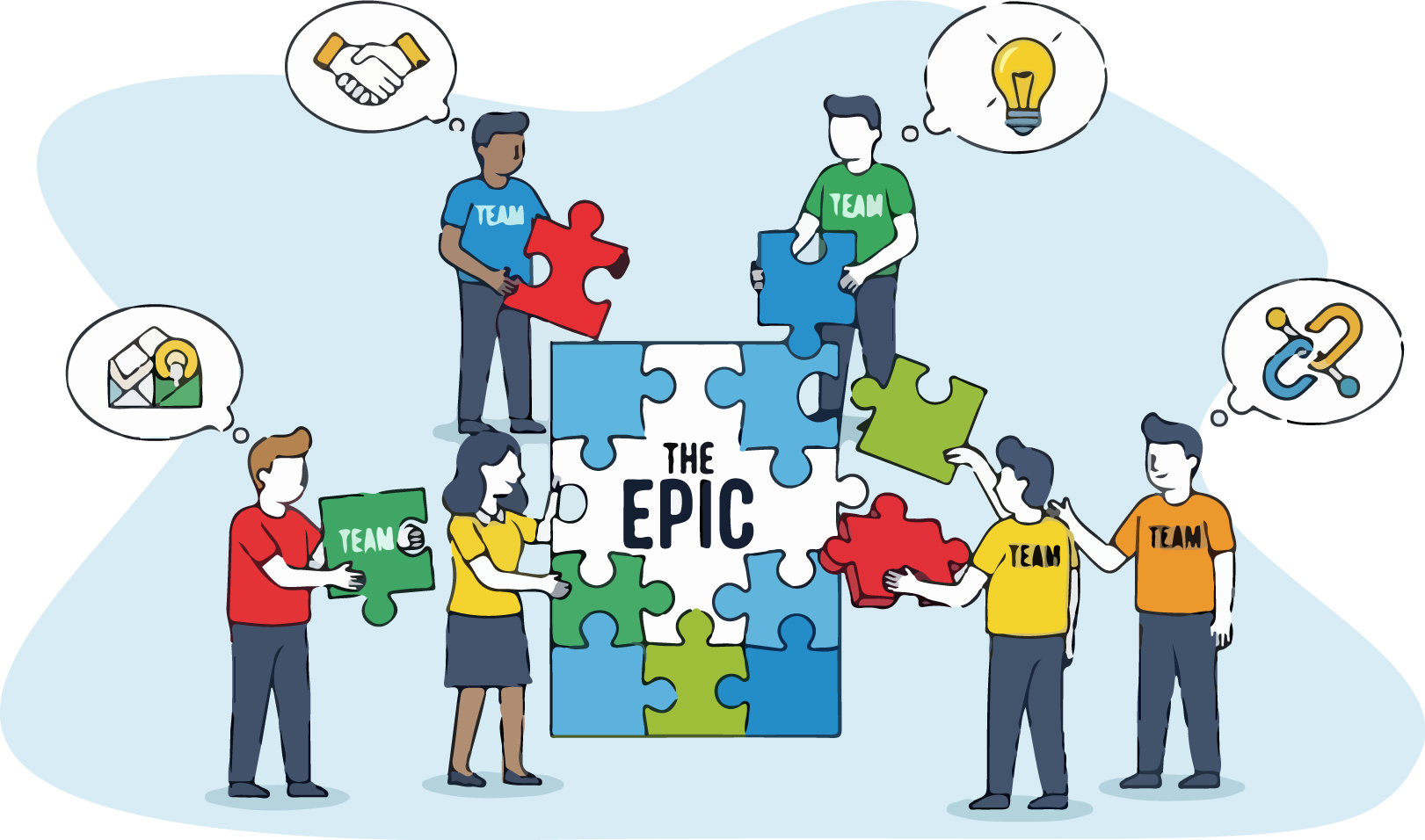Now Reading: Agile Backlog Refinement: Cross-Team Epic Coordination Case Study
-
01
Agile Backlog Refinement: Cross-Team Epic Coordination Case Study
Agile Backlog Refinement: Cross-Team Epic Coordination Case Study
How “Global Tech Solutions” aligned their Platform, Web, and Mobile teams to deliver a new, unified feature without the usual chaos.

The Challenge: Silos, Blockers, and Blame
Global Tech Solutions planned to launch a major new “Live Collaboration” feature. The project was complex, requiring significant work from three independent teams: the backend Platform team (new APIs), the Web team (new UI), and the Mobile team (native implementation). Early attempts at planning were chaotic. Each team had its own backlog, its own priorities, and its own sprint schedule. The result was a predictable disaster of misaligned timelines, blocked work, and unproductive meetings. The web team would complain, “We’re blocked waiting for the API,” while the platform team would retort, “We didn’t know you needed that endpoint this sprint!”
The Solution: A Unified Refinement Command Center
The program manager mandated a single, large-scale refinement session, bringing key members from all three teams into one room (and one shared instance of the Agile Backlog Refiner). The tool became their shared workspace and single source of truth.
- A Single Goal (Step 1): The session goal was clearly defined in the Preparation step: “Produce a single, sequenced plan for the Live Collaboration epic that all three teams agree to.” All three team leads added their known requirements to the “Stakeholder Input” field beforehand, creating a unified starting point.
- A Unified Backlog (Step 2): They created one master epic: “Live Collaboration Feature.” Then, they created PBIs for each component, prefixing them with the responsible team, e.g., “[Platform] Create new WebSocket service,” “[Web] Build collaboration toolbar UI,” and “[Mobile] Implement real-time document updates.” All work for all teams was now visible in one place.
- Mapping the Critical Path (Step 3): This was the most important step. As they reviewed the unified list of PBIs, they used the “Dependencies” column to explicitly link the work. The “[Web] Build collaboration toolbar UI” PBI had a stated dependency on “[Platform] Create new WebSocket service.” This simple act made the required sequence of work undeniably clear to everyone in the room. There could be no more confusion about what had to be done first.
- A Coordinated Sprint Plan (Step 6): With the dependencies mapped, the teams looked at the sprint planning view together. It was immediately obvious that the Platform team needed to deliver their core API work in Sprint 1, so the Web and Mobile teams could begin their main implementation tasks in Sprint 2. They created a shared sprint plan that reflected this reality, assigning PBIs to the respective teams within the same synchronized sprints.
The Outcome: Alignment, Visibility, and a Shared Plan
The single, shared artifact created by the tool broke down the organizational silos and created a unified “team-of-teams” focused on a common goal.
- Radical Dependency Visibility: For the first time, all teams had a clear, visual map of how their work interconnected. This eliminated nearly all of the “we’re blocked” surprises and allowed them to proactively manage handoffs.
- Joint Ownership and Accountability: The session fostered a sense of shared ownership over the entire epic’s success. It was no longer “their” API or “our” UI; it was “our” feature. This dramatically improved inter-team communication and collaboration.
- A Master Plan for Execution: The session’s saved JSON output became the undisputed source of truth. Each team could then take their specific PBIs for the upcoming sprint and add them to their own Jira boards, fully confident that they were working on the right thing at the right time.
The Agile Backlog Refiner served as the collaboration hub, enabling complex, multi-team dependencies to be mapped and managed effectively, paving the way for a smooth and successful feature launch.
Tool Spotlight: How the Refiner Made the Difference
- The Dependencies Field (Step 3): This simple text field was the key to unlocking alignment. It forced the teams to explicitly state and agree upon the order of operations, removing all ambiguity.
- A Single, Shared View: Having all epics and PBIs from all teams visible in one interface was critical. It created a shared context that is impossible to achieve when working in separate, siloed backlogs.
- The Final Report (Step 7): The summary report provided a high-level overview of the entire cross-team plan, which was invaluable for communicating the strategy and timeline to executive leadership.

